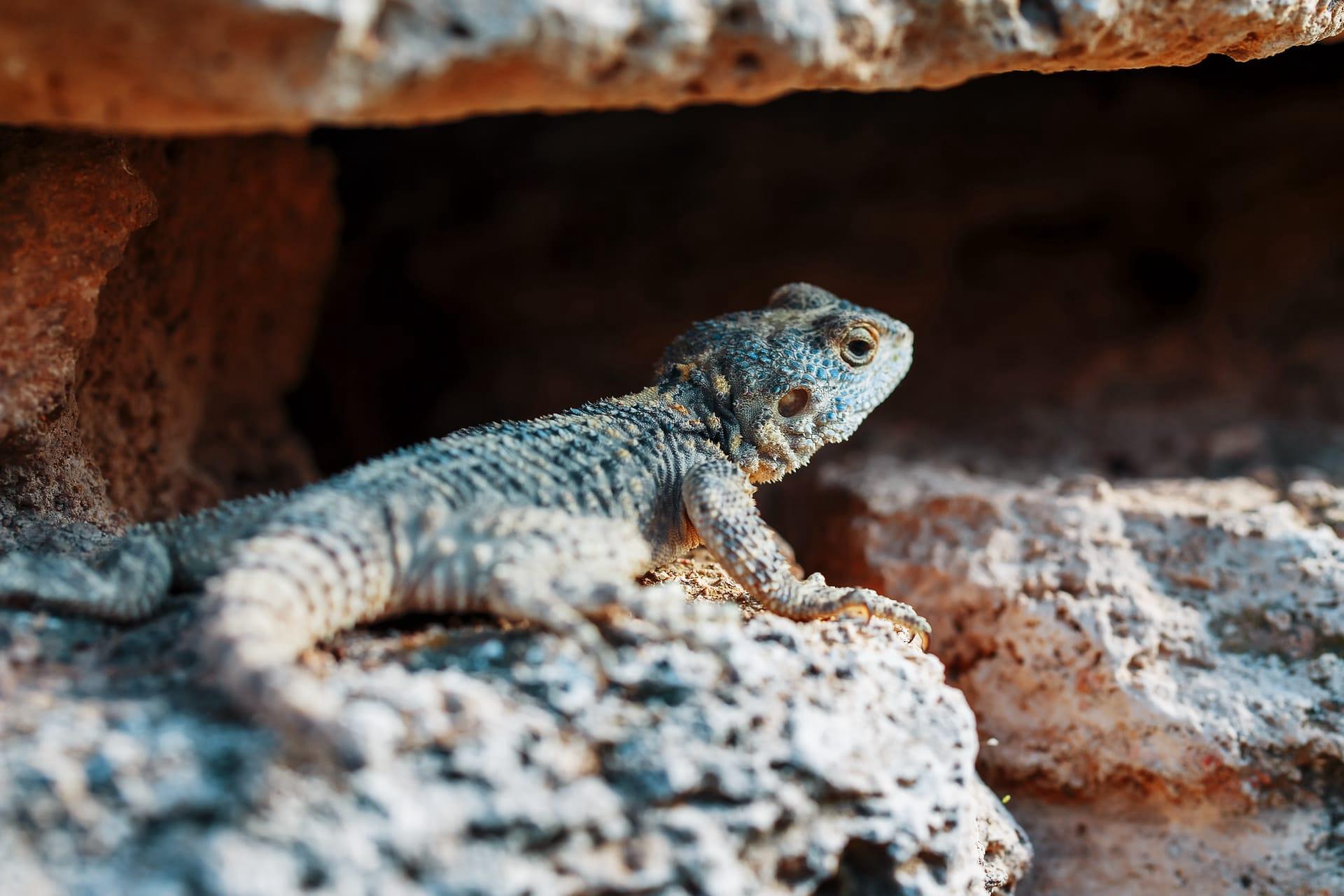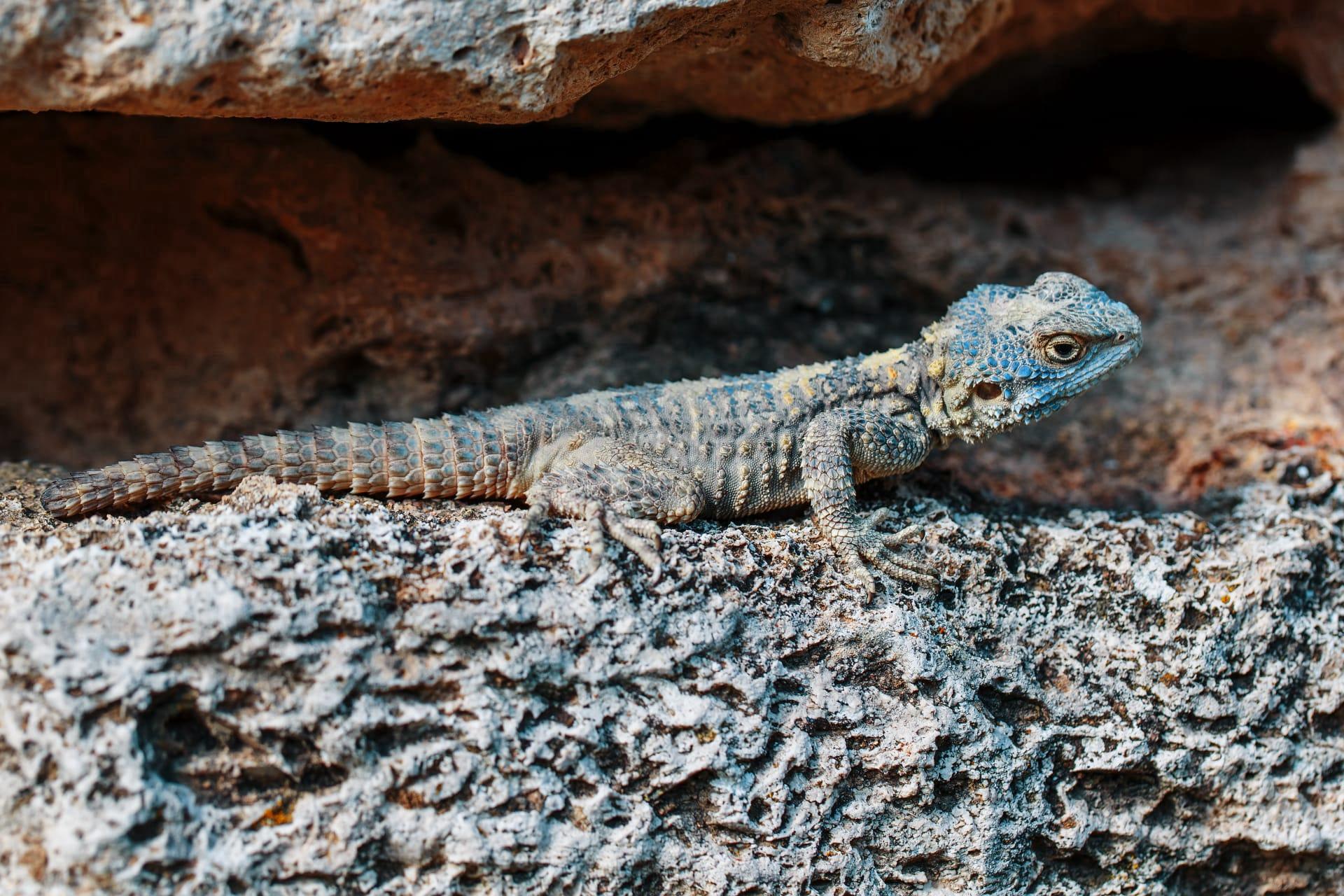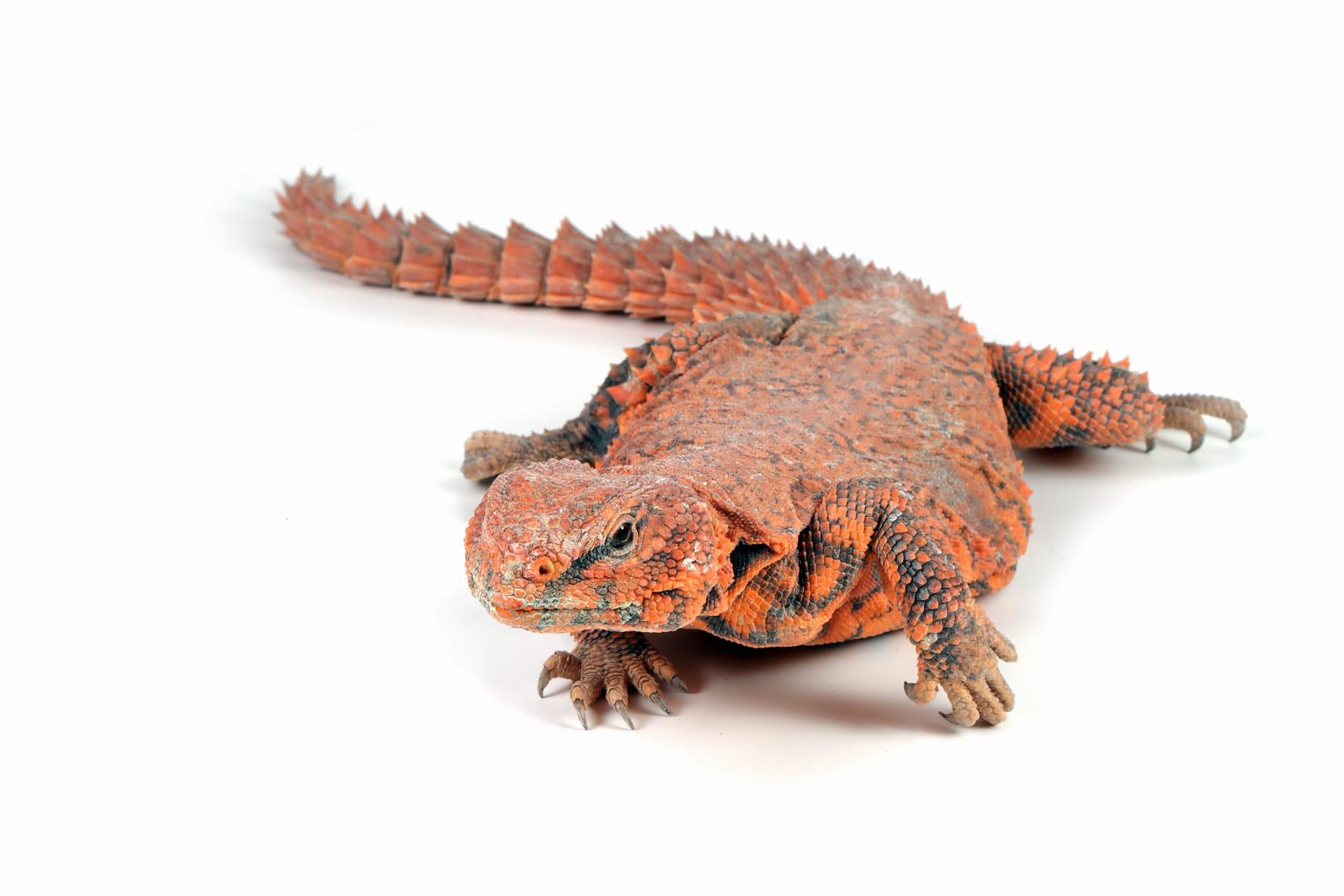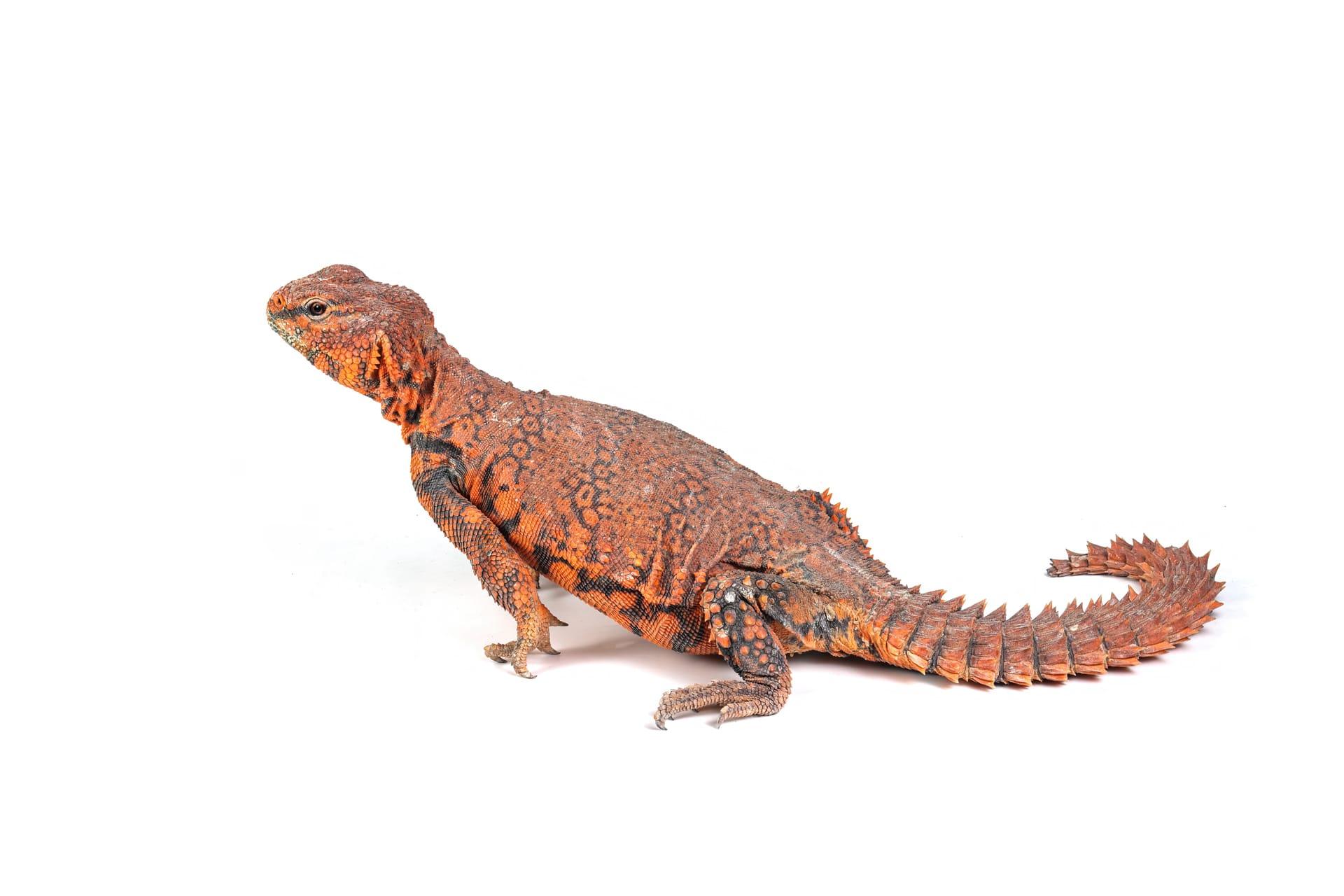African Spiny Tailed Lizard Characteristics
- Home /
- Mini Encyclopedia /
- Animal /
- African Spiny Tailed Lizard Characteristics
1
The African Spiny Tailed Lizard, a unique reptile, boasts a compact body size, typically ranging from 7 to 11 inches in length. This remarkable lizard is known for its longevity, with a lifespan that can extend up to 15 years in captivity. A distinctive feature contributing to their survival is the robust, spiny tail, which they adeptly use for defense. This tail, covered in hard, pointed scales, can be as long as the lizard's body and serves as a formidable weapon against predators. When threatened, the lizard tucks its head under its body and presents its spiny tail to the attacker, often deterring them with its intimidating appearance and texture.
One of the most fascinating organs of the African Spiny Tailed Lizard is its highly specialized skin. This skin is not only a defense mechanism, adorned with sharp, spiny scales, but it also plays a crucial role in thermoregulation. The lizard can alter the blood flow to its skin to help control body temperature, a vital adaptation for surviving in varying temperatures of its habitat. This unique skin also aids in camouflage, blending seamlessly with the rocky and arid environments of Africa.

2
Question: What do African Spiny Tailed Lizards primarily eat?
Answer: African Spiny Tailed Lizards are primarily insectivores, meaning their diet consists largely of insects. They are adept hunters, skillfully capturing a variety of insects such as beetles, ants, and small spiders. Their diet can also occasionally include plant material, making them opportunistic omnivores. The ability to adapt their diet according to availability is crucial for their survival in the diverse ecosystems they inhabit. They use their sharp, pointed teeth to grasp and crush their prey, showcasing their evolutionary adaptation to a predominantly insect-based diet.

3
The African Spiny Tailed Lizard exhibits remarkable agility and speed, making it a skilled mover in its natural habitat. This lizard is known for its ability to swiftly navigate through rocky terrain, using its strong limbs and claws to grip surfaces with ease. It can quickly dash to escape predators or while hunting, reaching speeds that are impressive for its size. This agility is complemented by an ability to remain motionless for long periods, aiding in both predator avoidance and prey ambush.
In terms of hunting, the African Spiny Tailed Lizard is a strategic predator. It employs a sit-and-wait strategy, where it remains still and camouflaged within its environment, waiting for unsuspecting prey to come within range. Once the prey is close enough, it strikes with lightning-fast speed, using its sharp teeth to capture and consume the prey. This hunting method is highly effective in the lizard's natural habitat, where patience and stealth are key to survival.

4
The African Spiny Tailed Lizard thrives in arid and semi-arid environments, particularly favoring rocky outcrops and savannas. These habitats provide the necessary heat for thermoregulation, along with crevices and rocks for hiding and protection from predators. The lizard's ability to blend into these environments is crucial for its survival, as it relies on camouflage to evade predators and ambush prey.
Reproduction in African Spiny Tailed Lizards is a fascinating process. They are oviparous, meaning they lay eggs rather than giving birth to live young. The mating season typically occurs in the warmer months, after which the female lays a clutch of eggs in a secure, hidden location. These eggs incubate for a period depending on the environmental temperature, after which the young hatch. These newborn lizards are independent from birth, fending for themselves in the harsh environments of their habitat.

5
Book: "Reptiles of the African Plains: A Comprehensive Guide" by Dr. Samuel Hayes, published in the USA in 2018. This book offers an in-depth look at various reptiles inhabiting Africa's plains, with a significant section dedicated to the African Spiny Tailed Lizard. Hayes provides detailed descriptions of their behavior, diet, and habitat, along with insights into their ecological importance. Illustrated with vivid photographs, the book is both educational and visually engaging.
Book: "The Secret Life of Lizards" by Anne Thompson, published in the UK in 2020. Thompson's book explores the hidden world of lizards, including a captivating chapter on the African Spiny Tailed Lizard. She delves into their unique adaptations and survival strategies, presenting research findings in an accessible manner. The book is praised for its engaging narrative and ability to convey complex scientific concepts to a general audience.